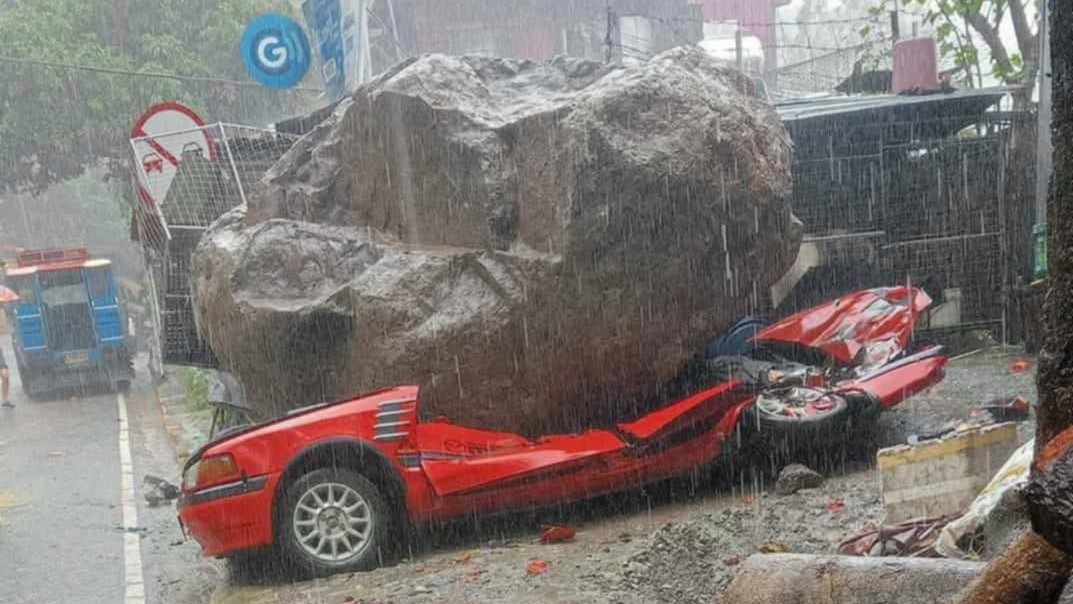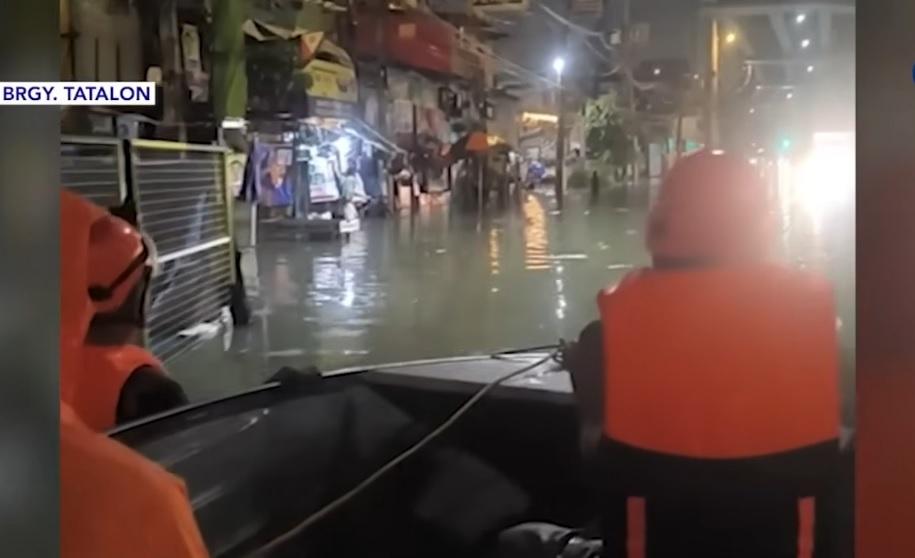Why Every Filipino Needs to Pay Attention to These Growing Weather Disasters
When Nature Strikes: What Really Happened During Habagat and Crising?
As Severe Tropical Storm Crising exited the Philippine Area of Responsibility (PAR) over the weekend, the country was left grappling with a grim reality. The combined forces of Crising and the southwest monsoon (Habagat) have resulted in five reported deaths and seven people still missing. This devastating update comes from the National Disaster Risk Reduction and Management Council (NDRRMC) in their morning report on Monday, July 21, 2025.
With nearly a million Filipinos affected by flooding, landslides, and infrastructure collapse, this weather crisis is one of the most severe in recent memory. It raises a critical question: Is the Philippines prepared for the escalating wrath of nature?

The Devastating Human Toll
According to the NDRRMC, three of the five confirmed fatalities occurred in Northern Mindanao. One death was recorded in Davao, and another in the Caraga region. Meanwhile, the seven missing individuals include three in Western Visayas, three in Metro Manila, and one in MIMAROPA, which comprises Mindoro, Marinduque, Romblon, and Palawan.
These statistics are not just numbers — they are families, lives disrupted, and communities shattered by relentless rainfall and violent winds. The emotional toll is immeasurable, especially for those still waiting for updates on missing loved ones.
Five others were also injured in incidents directly linked to the storm and monsoon, further emphasizing the widespread impact of this disaster.

Crushed by Nature: The Baguio Tragedy That Went Viral
One of the most striking images to emerge from the storm’s aftermath was taken along Kennon Road in Baguio City. A massive boulder, dislodged by days of torrential rain, crashed down a hillside and crushed a parked vehicle and an adjacent house. Although no human lives were lost because the house was unoccupied, a pet dog was killed — a small but poignant casualty of nature’s fury.
This incident has since gone viral on social media, becoming a symbol of how unpredictable and dangerous these weather events can be. For many Filipinos, this image hits close to home, quite literally.
Over 800,000 Affected: The Scope of the Crisis
As of 8:00 a.m. on Monday, a staggering 800,864 individuals, translating to 225,985 families, have been affected by the heavy rains and flooding. Out of this population, more than 20,000 people have sought refuge in 319 evacuation centers scattered across various regions.
These evacuation centers are currently under pressure, many lacking sufficient resources to accommodate the influx of evacuees. Sanitation, food supplies, and medical care remain top concerns as humanitarian organizations scramble to respond.
This large-scale displacement paints a troubling picture for long-term recovery and raises questions about the government’s capacity to provide adequate emergency housing and assistance.
Homes Destroyed: Rebuilding Lives Will Take Time

In total, 1,234 homes have sustained damage. Among these, 935 are partially damaged, while 299 are completely destroyed. For many affected families, this means not just losing a roof over their heads but also losing years of hard work, savings, and memories.
Rebuilding will take months, if not years, and for low-income households without insurance or government support, the future is especially uncertain. This is a painful reminder of how vulnerable many Filipino communities remain in the face of natural disasters.
Travel Disruptions: Ports Brought to a Halt
The Philippine Coast Guard reported that as of Monday morning, hundreds of passengers remained stranded at various ports nationwide. The combination of storm surges, strong winds, and precautionary cancellations left many travelers stuck without clear timelines for resumption of services.
This situation underscores the ripple effect that storms like Crising and Habagat have on the country’s transportation network — from sea to land to air.
What Comes Next? Are We Truly Prepared?
The recent devastation has reignited a national conversation about disaster preparedness. Are we doing enough to prepare for extreme weather, which is only becoming more frequent and intense due to climate change?
Experts stress the importance of early warning systems, investment in resilient infrastructure, and localized evacuation planning. Community-based disaster risk reduction, especially in vulnerable coastal and mountainous areas, must become a national priority.
The current crisis also highlights the critical role of government coordination, timely updates from Pagasa, and real-time response from agencies like the NDRRMC and the Department of Social Welfare and Development.
Why This Matters to Every Filipino
The storm may have passed, but the consequences remain. From families grieving their loved ones, to evacuees crowding in makeshift shelters, to destroyed homes and stranded travelers, the aftermath of Habagat and Crising is a national emergency — one we cannot afford to overlook.
This disaster is a call to action. It’s a reminder that in a country as disaster-prone as the Philippines, preparation is not optional — it’s survival.
News
Secret No More: Gerald Anderson and Gigi De Lana’s Private Wedding in Batangas Breaks the Internet – Here’s What You Missed!
Did Gerald Anderson and Gigi De Lana just get married in secret? Yes — and the internet can’t keep calm….
“She Was Gone for Minutes”: Mona Alawi Found Unconscious, Ivana Alawi in Tears – What Really Happened?
In a moment that shocked fans across the globe, Mona Alawi, the beloved younger sister of actress and YouTube star…
Hanggang sa Muli, Mahal Kita’: Why Rufa Mae Quinto’s Heartbreaking Farewell to Her Husband Is the Story You Can’t Ignore
Filipino actress and comedienne Rufa Mae Quinto is grieving the unexpected passing of her estranged husband, Trevor Magallanes, and the…
Jo Koy Blessed by Tattoo Legend Whang-Od: The Viral Moment Everyone’s Talking About!
Why did Jo Koy travel all the way to the remote mountains of Kalinga? What really happened during his visit…
Caught Red-Handed: Congressman Busted Watching E-Sabong During House Session – Tulfo Weighs In!
In a moment that sent shockwaves through the online community and the halls of Philippine politics, a congressman was caught…
Claudia Barretto Breaks Silence: The Real Reason Behind Julia and Gerald’s Breakup – You Won’t Believe What She Revealed!
When celebrity couples part ways, the public is often left in the dark—guessing, speculating, and waiting for answers. But not…
End of content
No more pages to load












